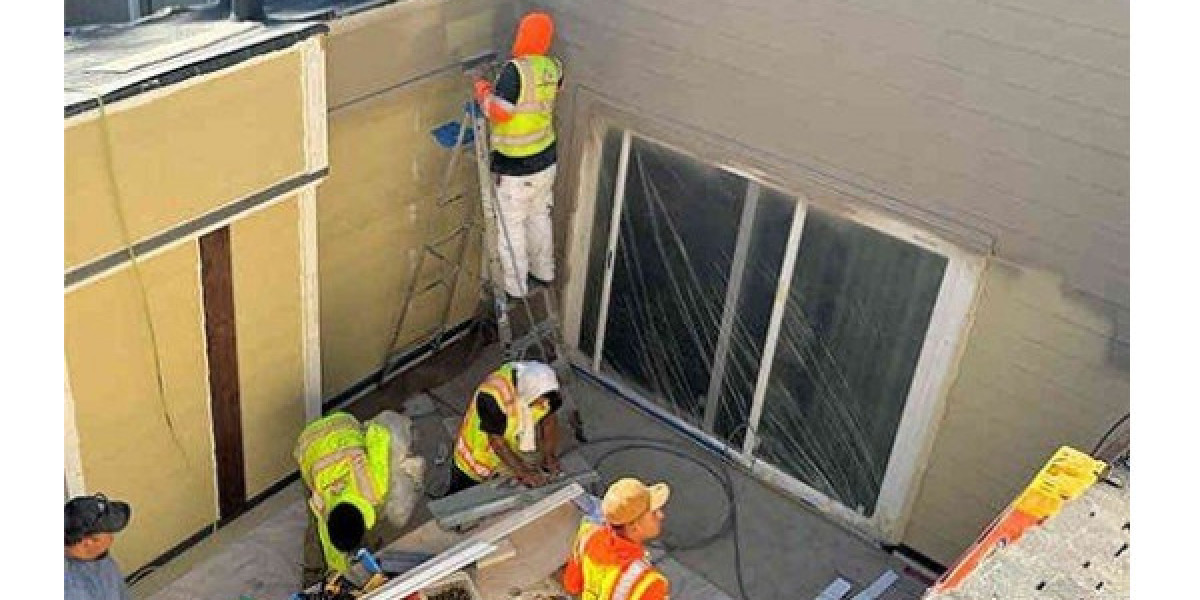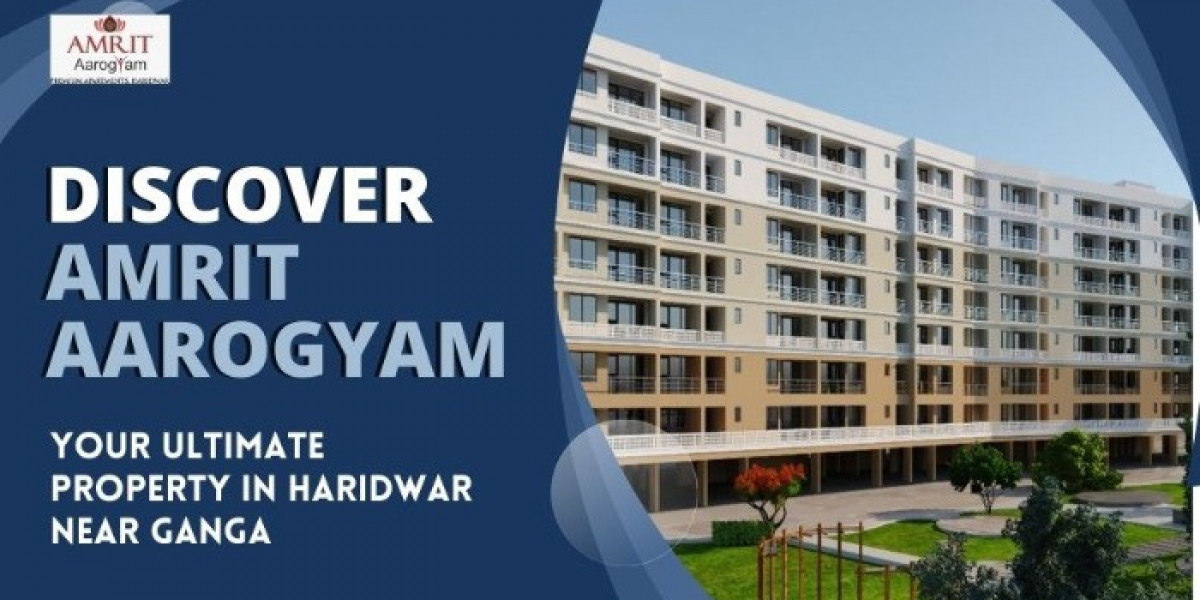If you’re on the board of a condo association or own a unit in a condominium building in California, Senate Bill 326 (SB326) is a law you need to understand—and act on. Passed in 2019 and signed into law by Governor Gavin Newsom, SB326 mandates regular inspections of elevated exterior elements (EEEs), such as balconies, decks, and walkways, in all common interest developments (CIDs) like condominiums.
The law is designed to prevent tragedies caused by structural failures in aging buildings, particularly those with wood-based construction. With the compliance deadline fast approaching, it’s time to take action to keep your community safe and legally protected.
SB326 vs. SB721: What’s the Difference?
While SB721 applies to multi-family apartment buildings (non-owner-occupied), SB326 California is specific to condominiums and HOAs. Both laws stem from the same concern—public safety after structural failures like the 2015 Berkeley balcony collapse—but they differ in their scope and application.
SB326 applies to:
Condo associations
Townhome communities under HOA management
Common interest developments (CIDs) with 3 or more units
What Does SB326 Require?
By January 1, 2025, all applicable HOAs must complete their first inspection of elevated exterior elements used by residents. These elements include:
Balconies
Exterior stairways
Elevated walkways and decks
Other structures six feet or more above the ground, made of wood or wood-based materials
Key Requirements:
The inspection must be performed by a licensed structural engineer or architect.
Inspect a statistically significant sample of each type of EEE.
Provide a written report to the HOA board.
Retain the report for at least two inspection cycles.
Repeat the inspection every 9 years after the first.
Why SB326 Matters
Many older condos were built decades ago and have not undergone consistent structural assessments. Moisture intrusion, dry rot, and aging materials can go unnoticed—until it’s too late.
SB326 aims to:
Prevent structural failures,
Extend the lifespan of buildings,
Reduce costly emergency repairs,
Protect residents and HOA boards from legal liability.
What Happens if You Don't Comply?
Failure to comply with SB326 by the January 1, 2025 deadline can expose HOAs to:
Civil liability in case of accidents,
Code violations and potential lawsuits,
Loss of insurance coverage or increased premiums.
Early action not only ensures compliance but can reduce repair costs by catching issues before they escalate.








